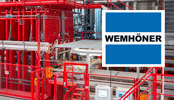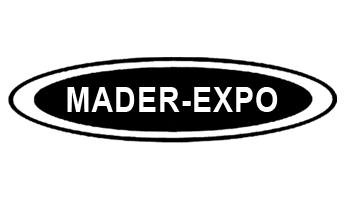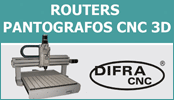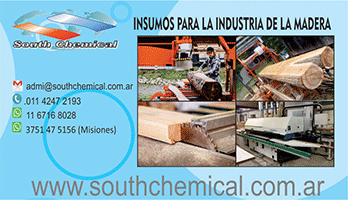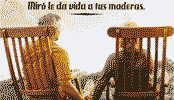
Sandvik Process Systems becomes IPCO
IPCO is a new name in Industrial Process solutions but a business partner with whom many will already be familiar. Previously operating as Sandvik Process Systems, we are now an independent company within the Wallenberg group.
We continue to develop customized solutions for the processing industry, with the same people, skills and process systems – but under a new name and brand – IPCO.
We are dedicated to provide productivity in the processing of more than 1200 different products across the sulphur, chemical, fertilizer, chocolate and food industries. We also provide Double Belt Press solutions with Steel and Teflon® belts, including up- and downstream equipment and precision scattering systems as well as solid and perforated steel belts used for improving productivity and quality in the processing of products as diverse as wood-based panels, paper, food, film and more.

IT MAY INTEREST YOU
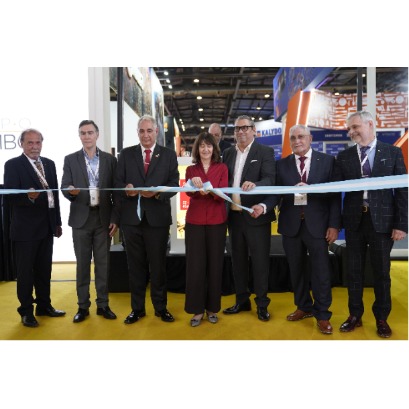 National, regional and sectoral authorities participated in the opening ceremony of ExpoFerretera 2�25
National, regional and sectoral authorities participated in the opening ceremony of ExpoFerretera 2�25
Buenos Aires, October 2�25 – At the opening ceremony they coincided representatives of the entire hardware value chain. There, the main Sector leaders ratified the strategic role that the spaces of meeting and networking. Furthermore, the second day of the event passed with an agenda full of activities.
 Renovations, construction of houses and extensions made of wood gain speed, comfort and efficiency in the country
Renovations, construction of houses and extensions made of wood gain speed, comfort and efficiency in the country
In private neighborhoods, the Coast, the Coast and Patagonia, the choice of homes with dry works is growing. Speed, low environmental impact and energy savings.
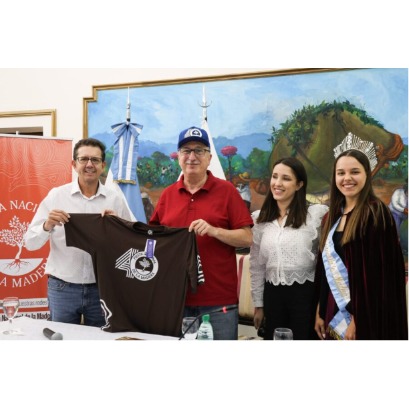 Missions | The traditional National Wood Festival in November celebrates four decades of a popular gathering in San Vicente
Missions | The traditional National Wood Festival in November celebrates four decades of a popular gathering in San Vicente
The official announcement of the 4�th San Vicente National Wood Festival was made this Tuesday by the governor of Misiones, Hugo Passalacqua. The cultural and festive event will take place from November 5 to 9 at the Verón Gallardo Sports Center in San Vicente, Misiones, to celebrate four decades of history. The San Vicente National Wood Festival is a popular meeting point for the agroforestry and commercial community in the Alto Uruguay area, and is an opportunity for the forestry-industrial chain to expose its development and services. The festival includes cultural, artistic and economic promotion activities.






